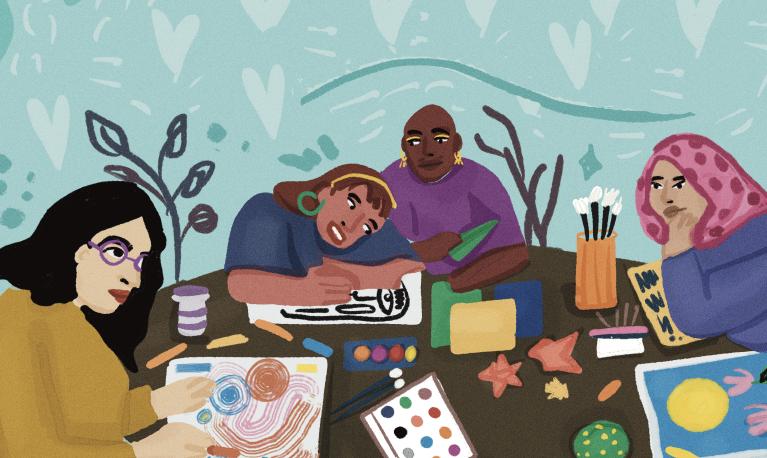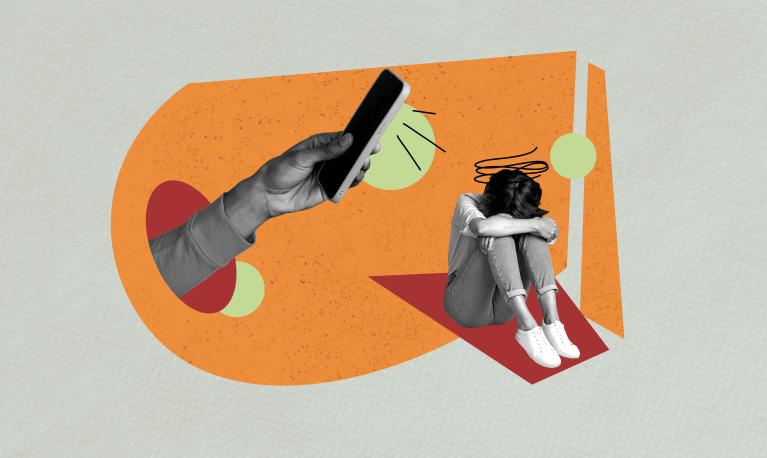- Report
- 28 septembre 2019
Preventing violence against women and girls: Community activism approaches to shift harmful gender attitudes, roles and social norms
- Author: Rachel Jewkes, Erin Stern, Leane Ramsoomar
- Published by: What works, UK AID

Violence against women and girls (VAWG) is driven in part by gender attitudes, norms on gender inequality and the acceptability of violence, which are socially reproduced and shared. Women’s rights organizations across the global south have dedicated themselves to challenging these. Early evaluations of work they have championed has shown that sufficiently equipped community volunteers, guided in a long-term structured programme, can enable widespread diffusion of new ideas on gender and VAWG and ultimately achieve changes in harmful attitudes and norms across communities. DFID’s What Works to Prevent Violence against Women and Girls Global Programme (What Works) has generated new evidence on the effect of these interventions in a range of settings – from rural areas and small towns of the Eastern Democratic Republic of the Congo (DRC), Ghana, Rwanda, Nepal, to urban informal settlements in South Africa. Rigorous evaluations have shown the potential for preventing VAWG through multi-year, intensive change interventions with well-trained and supported community action teams, that purposefully engage both women and men to effect change.
Effective interventions evaluated under What Works had multiple avenues for achieving impact, including speaking out about violence and gender inequality, and challenging their legitimacy. Many interventions provided direct training to community members to support non-violence, often in workshops providing communication skills, building empathy and enabling critical reflection. Some engaged directly with women and couples experiencing and using violence and strengthened their access to care and support. They also engaged and equipped religious, traditional and local leaders to better understand and support VAWG survivors and to promote actions to address VAWG, and constructively engaged formal services in the health and justice sectors. They worked over multiple years with large numbers of men and women who were carefully selected from within communities, and trained, supported and retained to lead behaviour change activities.
- Countries / Regions:
- Global
Blog
14 avril 2025

Report
5 mars 2025

Blog
10 février 2025
